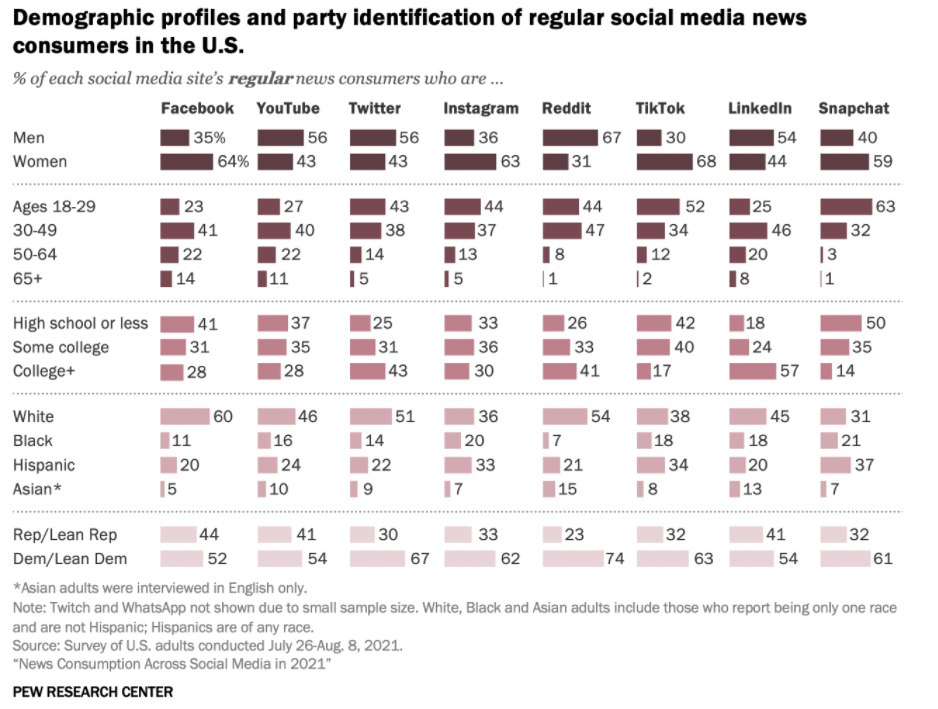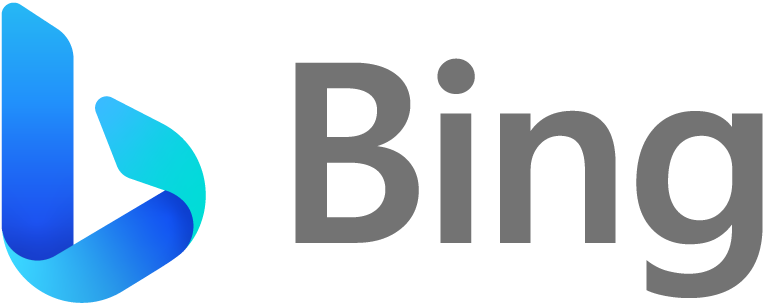
Social media is part of routine daily life, with more than 4 billion people accessing a social network for an average of 2 hours per day. This makes the most popular social media platforms a vital tool for brands to access their target audience and get in front of potential customers in spaces that those customers are using without prompting. Unlike search engines, social media visibility is not wholly reliant on keywords or organic ranking, and can also be used as a focused communication tool alongside paid advertising options that include ecommerce as well as lead generation.
What Social Platform is Most Popular?
Making sure your business has visibility on the platforms your users are most likely to be accessing is key for social media success. Based just on user counts, Facebook continues to be the most popular social media platform with over 2.9 billion monthly active users as of July 2022, with Instagram and TikTok in distant second and third places. Each of these platforms is strongly image- and video-led, giving brands creative opportunities to tailor their content.
Who Uses Social Media?
Each platform has a broad range of demographics, although all have particular audience niches; According to research from Sprout Social, Facebook’s largest age group is 25 – 34 and skews towards men, whilst TikTok has a predominantly female user-base with a much younger audience on average. The range of people who get news updates and information from social media can be even more diverse than the average user base, demonstrating the need for brands to carefully research which platforms are right for them and what kind of content their users might be most interested in seeing.

What Sort of Content Should You Create?
There are a number of key factors in deciding what sort of content to create and share with social media users, and content development is an important driver of social media strategies – as well as a way to test messaging, new branding, or other visual updates with an engaged audience. 3 key questions to consider are:
- What type of content fits your brand, and is it what your audience is looking for?
- Which format is most effective – text, still imagery, video or something else?
- How often should you publish your content, and when is it most effective?
What Organic Metrics Should You Consider?
The social media metrics your company uses to measure success or find opportunities should be based on your business goals. These are common metrics used to measure social media marketing performance:
- Impressions – How many people are seeing your content on social media. This can be misleading if taken in isolation, as an impression by itself is not a guarantee of interaction or positive reaction.
- Engagement – How many people are engaging with your content, including simple reactions such as likes or shares, as well as complex engagement such as comments or direct responses
- Brand Mentions – How often your brand is being mentioned or talked about organically across a platform by your users and others
- Social Referral Traffic – Whether your content results in wider engagement with your brands digital presence, which can be a key determination of success for organic social media, particularly for ecommerce-focused businesses.
- Followers – Users willing to follow (or equivalent) a brand on a social media platform are often demonstrating a wider loyalty to that brand that goes beyond content engagement, similar to newsletter and other communication sign-ups; by following, they are expressing a desire to see your content more regularly or as part of their daily routine on social platforms.
Organic Social Media At Wonderful
Our social strategy rarely lives in isolation – we utilise social media alongside other digital marketing activity to maximise performance, increasing brand awareness, establishing authority, building trust and generating new business leads or eCommerce sales. Our team of experts will take you on that journey and work closely with you to remove the complexities of this medium, delivering real results.
With two-way dialogue, we use our tool to explore campaign results, and to power iterations and refinements to ensure your business spends more budget where it works, and less where it doesn’t, constantly measured against your KPIs.
Latest posts

Three key benefits of integrating a sense of Wonder within your brand & marketing strategies
We love creating Wonder. It’s our passion and forms our client mission. However, in an age where your customers and clients are bombarded with constant information and countless choices, capturing attention and building lasting connections has become increasingly challenging. We all have to work harder to capture people’s attention.

Why Advertising on Bing Matters: Unlocking Potential in PPC Campaigns
In the realm of digital marketing, the dominance of Google Ads often overshadows other platforms, leaving marketers unaware of the untapped potential lying beyond the confines of the Google ecosystem. While Google undeniably reigns supreme, neglecting alternative platforms like Bing can be a costly oversight for businesses aiming to maximise their PPC (Pay-Per-Click) campaigns.

Increase Traffic & Revenue: SEO A/B Testing
Achieving greater revenue and traffic through SEO involves a strategic focus on driving more traffic to your website and converting that traffic into increased revenue.